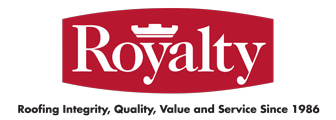A professional inspection twice a year is recommended for your commercial roof, but there are times that you can and should take a look yourself. Understanding some of the most common signs and causes of roof trouble can help you catch minor problems in the time between comprehensive professional assessments.
When you can spot the signs of trouble early, you can prevent small problems from turning into big ones and keep your repair costs as low as possible.
Visual Inspections
While a roof inspection by a professional can involve some specialty equipment (e.g., infrared guns that can detect below-surface moisture; appropriate safety gear), scaled drawings and lots of data, it also includes a visual component. This includes a comprehensive look at the appearance, surface wear, flashing and more. Debris, water (dripping and standing) and other things that can damage your roof are also noted.
While you may not have the tools or expertise to conduct a full review, you can (and should) perform scheduled visual inspections of your roof and after adverse weather events, from strong winds to hail or snow. This will help you spot signs of trouble early and help familiarize you with what your roof looks like when it is in optimal condition.
Know What your Roof Should Look Like
When you have a good idea of what your roof looks like when it is in good condition, you are better able to spot signs of trouble early. Review inspection reports carefully, ask questions and familiarize yourself with what your roof should look like when it is in good shape. When you perform a visual inspection later, you’ll know what you should be seeing and be able to spot any variances.
A visual inspection on your own is not a replacement for a twice a year professional review, but it is a valuable DIY tool that can help you assess your own roof and ensure you can spot any troublesome signs before they can damage your roof. Royalty offers roof maintenance and management programs that include regular inspections. We can walk you through the process and share some of the signs you should watch for on your facility’s particular roof to make it easy for you to keep your building watertight.


